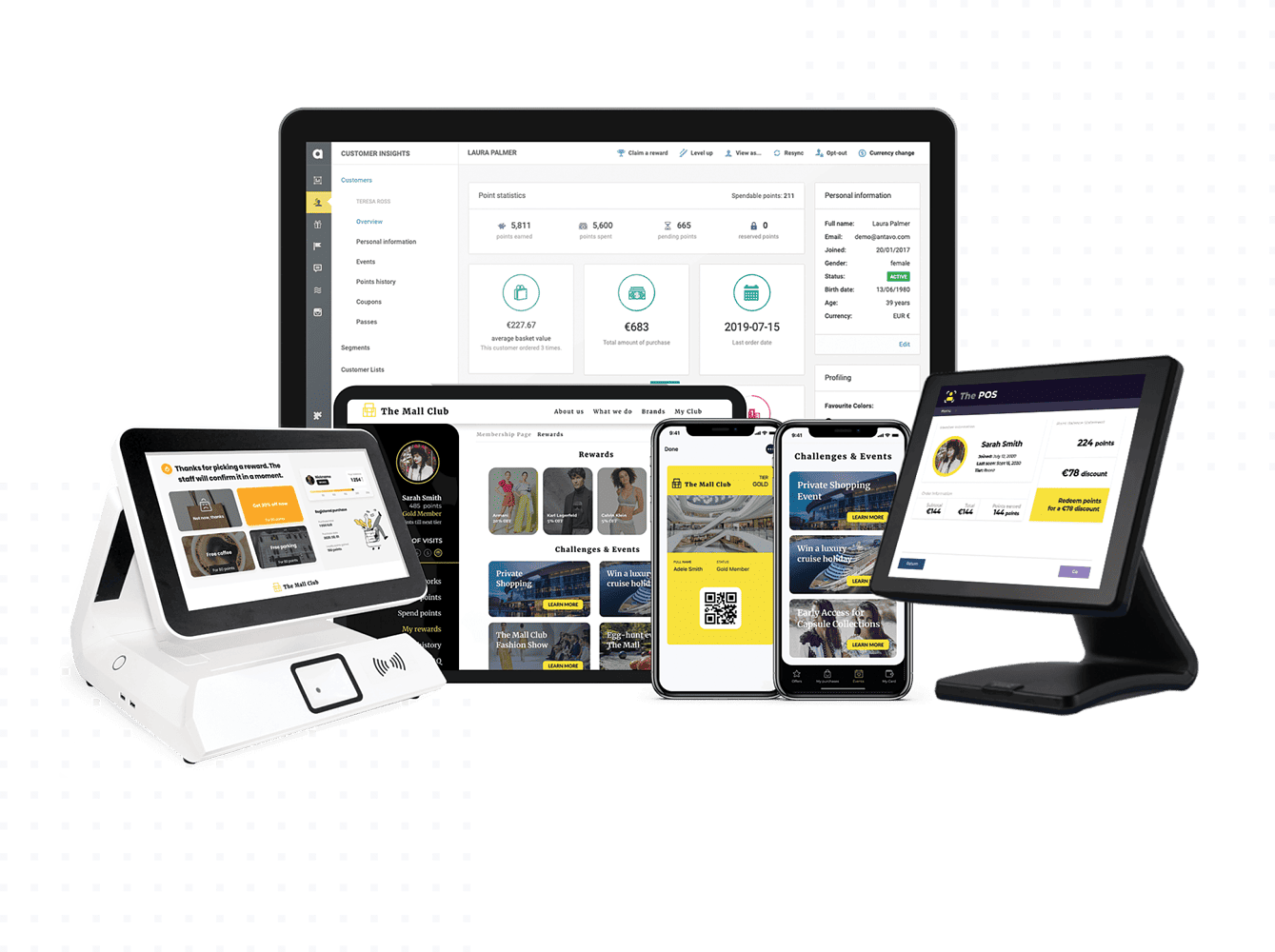AI is ubiquitous. But as far and wide as Artificial Intelligence (AI) and the Machine Learning (ML) that powers it has spread, traditionally we have always needed some fairly standard low-level tools to instruct our machines – but, that core reality could be changing with the advent of ChatGPT and generative AI.
When we take a closer look at the heavily cloud-based services now providing us with no-code & low-code software tooling, there’s generally always a lower substrate layer employed to manage the coding happening above in the form of a rule editor or a workflow editor. These technologies need to be taught and learned – and they’re generally not simple for non-IT professionals. But could these standard truths be about to change?
With ChatGPT and generative AI, a new way of communication is opening up between humans and machines. We are getting used to using our own language to instruct a machine in a ‘chat UX’ now – and this will soon come to SaaS delivery form too, resulting in even wider technology democratisation. This is the opinion of Zsuzsa Kecsmar (pictured above) in her role as chief strategy officer at Antavo, a no-code enterprise loyalty platform company with specialist application knowledge of marketing services.
Create loyalty campaign
“Imagine that instead of creating a workflow with a workflow or rule editor, a non-IT professional can use a simple instruction or prompt. For a marketer, that might mean saying: create a loyalty campaign for silver tier members: if the customer purchases twice a week, then they are upgraded to the next tier. This is how AI will end no-code or low-code as a benchmark. It will still exist, but it will not be the end goal. Instead, it will become one step in the evolution of software,” said Kecsmar.
With this proposed evolution in mind, are there further ways in which the evolution of workflow editors could impact the non-IT user and the IT professional? Kecsmar suggests that in general, workflow technologies help to take workload from the shoulders of the IT team, who either don’t have to delegate one of their personnel to support the marketing team, or they won’t get their work interrupted by requests from that department, or any other for that matter.
“As for the marketing team, most of their benefits (faster, easier work) stem from the fact that their work process no longer hinges on the response and contribution of the IT team, therefore it’s smoother for them to plan and execute new campaigns or reward ideas,” said Kecsmar. “Generally, workflow editors are known for utilising visual interfaces, drag-and-drop style mechanics — all of these are things everyday users are highly familiar with, therefore they are dropped into an environment where they feel confident.”
It’s a net-positive
With all this automation happening at the point of application creation and implementation, we should stop and ask whether there are any risks associated here. If complex tasks become easier to execute – what could be the impact on the execution or delivery of those technologies? In general, Kecsmar says that no-code workflow editors can be considered as a net positive for users. The only negative is that they are now fully in charge of managing the workflow editor and they can’t outsource it to the IT team. Still, this control can be a good thing on the long run.
“In terms of complex tasks, they still require complex planning and precise execution. However, overseeing and testing these [technologies] can be done within the team that uses them, which again, streamlines the process. It’s also worth highlighting that regardless the difficulty of the task, workflow editors can be learned by newcomers much quicker,” she explained.
Thinking about the potential pitfalls here, the Antavo team say that AI would and should act as a middle manager between the user and the workflow (the technology), further simplifying and streamlining the management process. To put it simply, users can use prompts that come naturally to them to set up certain rules and campaigns instead of them doing the configuration (which means setting the values through menus or drag and dropping nodes to the workflow).
Besides the obvious advantage (easier day-to-day work, streamlining mundane and repetitive tasks), AI-driven workflows make it very straightforward to train in new users (marketing managers). So then, using the example of marketing campaigns again, are users building the technology behind marketing campaigns currently taking good advantage of the opportunities available with workflow editors? Are they using it to its full potential? Or are they still afraid of it? Misunderstanding it?
“The full potential of workflow editors [in the marketing field at least, if not elsewhere] still hasn’t been fully realised. Though they appreciate it to build simplistic campaigns or to set things up using pre-made blueprints within the workflow, people still don’t feel free to extend their wings and start experimenting,” concluded Kecsmar.
Beyond the marketing glitz
Workflow editors such as those offered by Antavo aim to offer when it comes to customising a reward campaign, or creating unique rules or conditions for it. This way, almost any theoretical loyalty concept can be configured using the workflow. One of the obstacles in realising this vision is that to this day, many marketers don’t think outside of the box when it comes to creating unique loyalty program concepts. In other words, because they stick to the tried and tested ideas, they don’t feel the need to push the boundaries of the workflow editor.
The example showcased here is clearly skewed to the marketing field, but the basic form and shape of these technologies can (arguably) be applied elsewhere as we now reshape the way AI and generative AI is applied to all business disciplines. That it should start with the glitzy shiny world of product & service marketing is perhaps no surprise, but when workflow editing automation does move towards the architectural foundations of our core application base, then we can all (potentially) work smarter.

